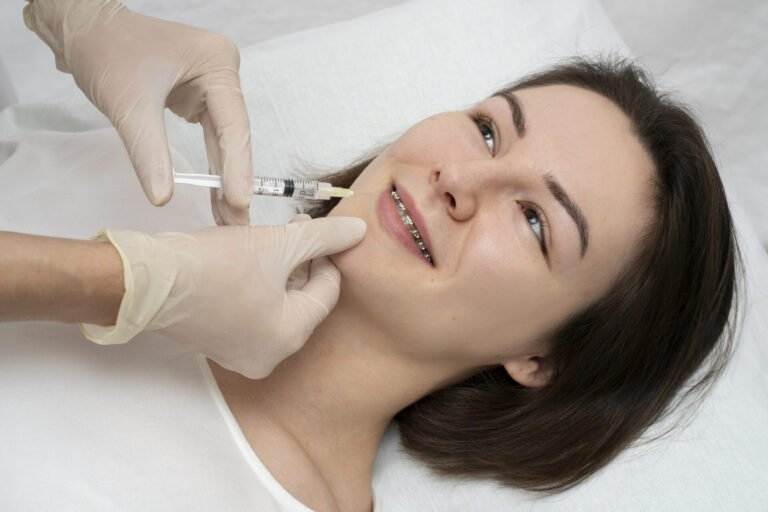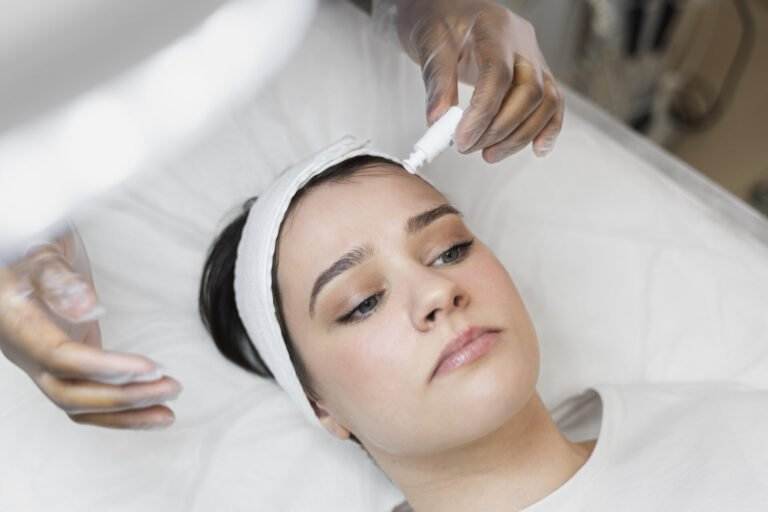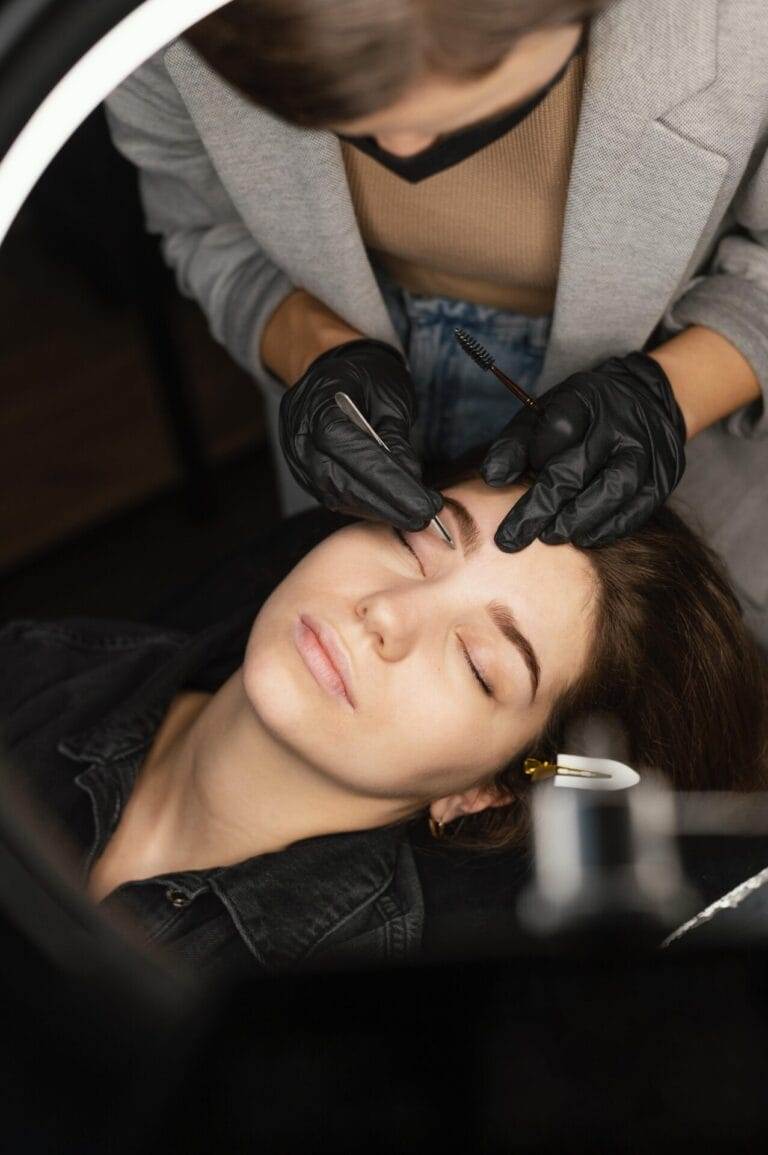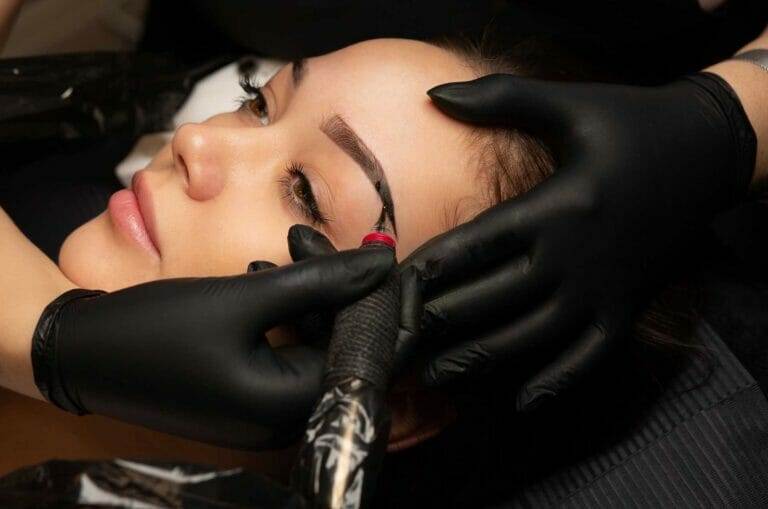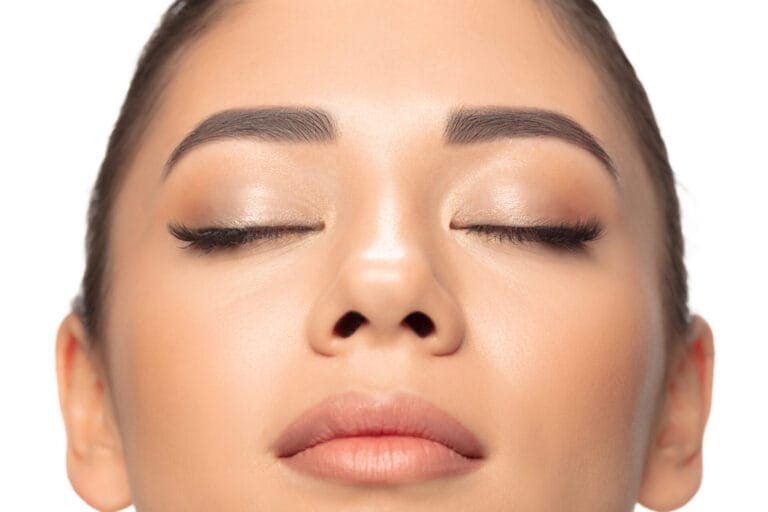Introduction to Cosmetic Tattooing
Cosmetic tattooing, a practice that has gained immense popularity in recent years, involves the application of pigments to enhance specific facial features. This innovative technique not only saves time in daily routines but also offers long-lasting solutions for makeup lovers and those seeking to boost their confidence.
History of Cosmetic Tattooing
The roots of cosmetic tattooing trace back thousands of years. Evidence suggests that ancient Egyptians used tattooing as a form of body art and makeup, applying kohl around their eyes for both aesthetic purposes and to ward off infections. Over time, this practice evolved, influencing cultures worldwide. Fast forward to the modern era, where the resurgence of cosmetic tattooing began in the mid-20th century. Originally popularized by those in the entertainment industry, such as models and actresses, it gradually found its way into the hands of everyday individuals seeking to simplify their beauty routines. As advancements continue in technology and techniques, cosmetic tattooing has become more accessible, leading to its widespread adoption across various demographics.
Benefits of Cosmetic Tattooing
Cosmetic tattooing offers numerous advantages that attract people of all backgrounds. Here are some notable benefits:
- Time-saving: With semi-permanent makeup, individuals can significantly reduce the time spent on daily beauty regimens.
- Waterproof and Smudge-proof: Unlike traditional makeup, cosmetic tattoos remain intact even in challenging conditions, such as swimming or humid weather.
- Enhancement of Features: Procedures like microblading and lip blushing can enhance contours, add definition, and create a balanced look.
- Catering to Specific Needs: Whether someone wants to cover scars or maintain a polished appearance due to hair loss, cosmetic tattooing provides a personalized solution.
In essence, the evolution and benefits of cosmetic tattooing underscore its relevance in today’s beauty landscape, making it a preferred option for many.
Popular Types of Cosmetic Tattooing
As the world of cosmetic tattooing continues to evolve, two procedures have risen to the top, captivating the hearts of beauty enthusiasts everywhere: microblading and lip blushing. Each technique offers unique benefits and transformative results.
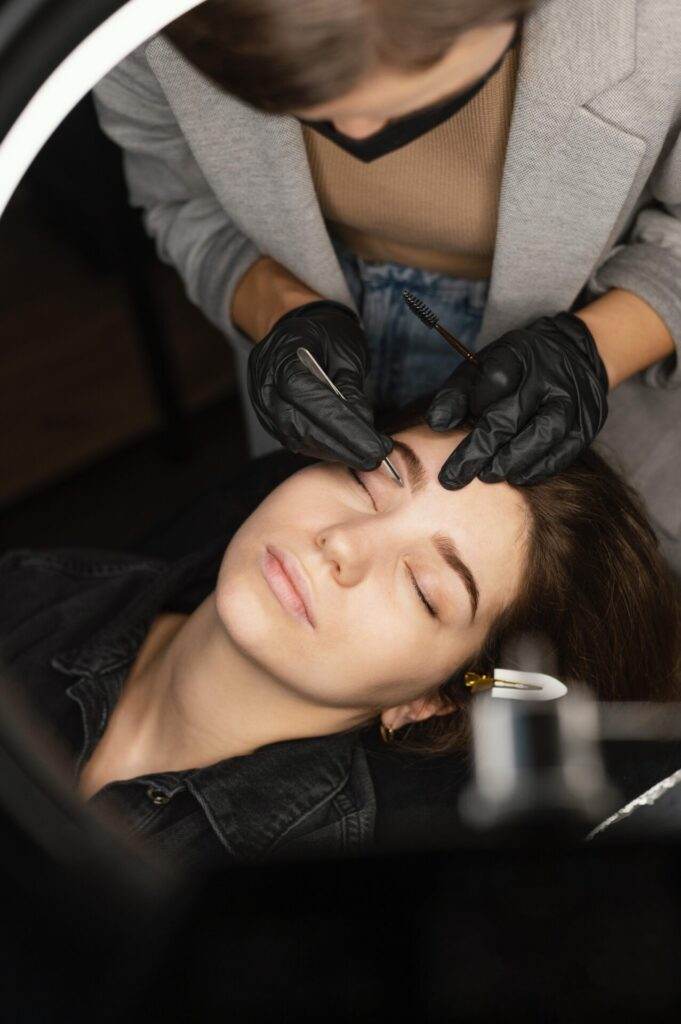
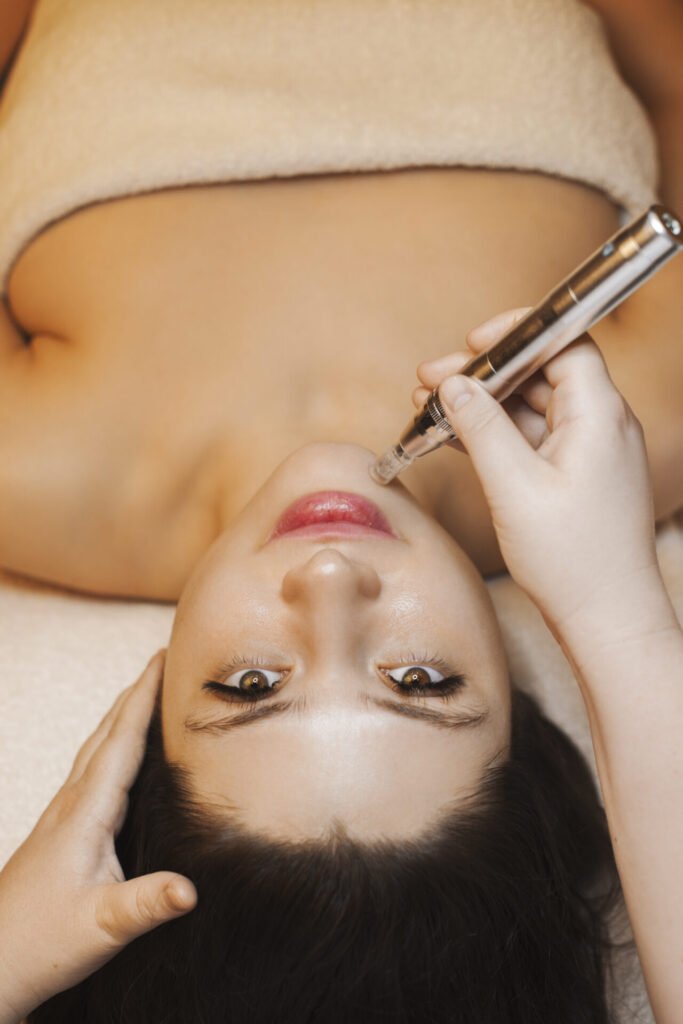
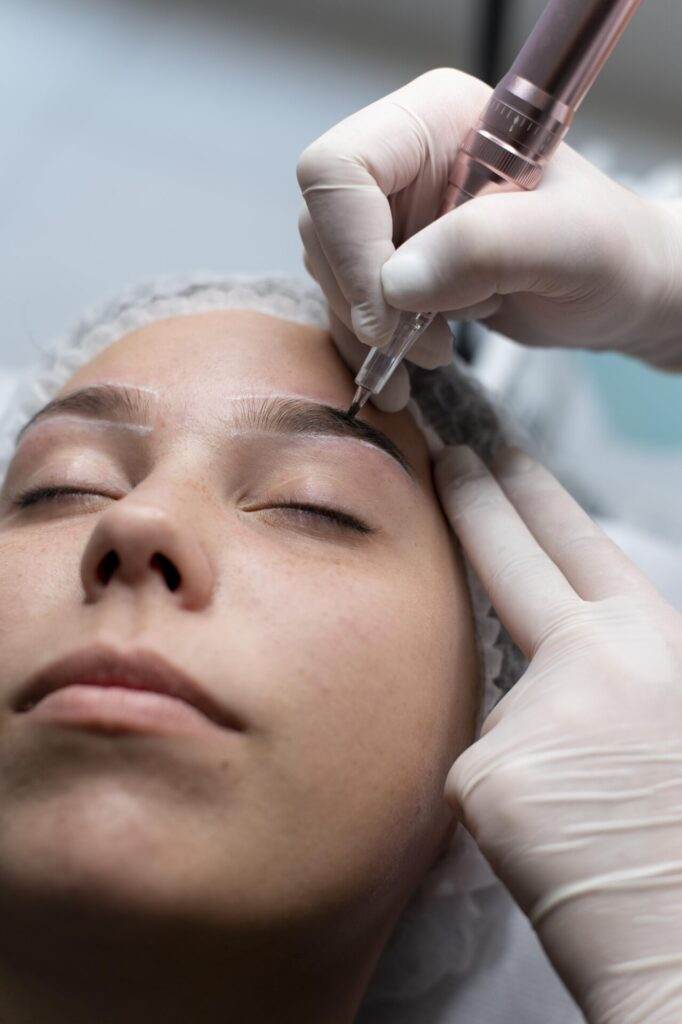
Microblading
Microblading has taken the beauty industry by storm, providing a solution for those seeking fuller, more defined eyebrows. This semi-permanent technique involves a skilled artist using a specialized tool with fine needles to create hair-like strokes that mimic natural brow hairs. The advantages of microblading include:
- Natural Appearance: The precision of microblading allows for a realistic look that enhances existing brows.
- Customizable Shapes: Artists work closely with clients to shape the perfect brow that complements their features.
- Low Maintenance: With proper aftercare, microblading can last from 1 to 3 years, making it a time-saving option.
Many individuals who have suffered from over-plucking or hair loss find that microblading not only restores their brows but also bolsters their confidence.
Lip Blushing
Another popular cosmetic tattooing technique is lip blushing, designed to enhance the natural color and shape of the lips. This procedure involves depositing pigment into the lips to provide a subtle tint and definition. Key benefits of lip blushing include:
- Revitalized Lip Color: Lip blushing helps achieve a youthful, fresh appearance by adding a natural flush.
- Defined Contours: It can enhance the shape of the lips, making them appear fuller and more balanced.
- Long-lasting Results: Like microblading, the effects of lip blushing can last up to 2 years, making it an effective long-term solution for lip aesthetics.
For many, lip blushing becomes not just a cosmetic enhancement but a boost to their overall self-image, making it a sought-after choice in the cosmetic tattooing realm. Together, microblading and lip blushing represent just a fraction of the possibilities within this innovative industry.
Choosing a Professional Tattoo Artist
When venturing into the world of cosmetic tattooing, selecting the right professional artist is crucial. The quality of their work can determine not only the aesthetics but also the safety and longevity of the procedure. With options galore, potential clients must keep several important factors in mind.
Qualifications and Certifications
First and foremost, it’s essential to ensure that the tattoo artist possesses the necessary qualifications and certifications. This demonstrates their knowledge and commitment to the industry standards. Look for:
- State Licenses: A licensed artist has met the requirements necessary to operate legally within their jurisdiction, ensuring compliance with public health regulations.
- Certification in Cosmetic Tattooing: Many professionals complete specialized training programs in cosmetic tattooing. This certification indicates that they have acquired specific skills and techniques necessary for procedures like microblading or lip blushing.
- Continuing Education: The beauty industry is ever-evolving, and artists who pursue ongoing education in the latest trends and techniques demonstrate a dedication to their craft.
Prioritizing an artist’s qualifications helps ensure safety and quality in the procedure.
Portfolio and Reviews
Next, delve into the artist’s portfolio and client reviews. This step provides insight into their expertise and prior work. Here’s what to consider:
- Portfolio: Reputable artists display a collection of their previous work. Look for consistency in results and a variety that showcases their versatility.
- Client Testimonials: Reviews from past clients can be enlightening. Positive feedback often reflects an artist’s skill and professionalism. Seek out specific comments regarding overall experience, healing process, and satisfaction with the results.
Taking the time to research and review these aspects can make a significant difference in the outcomes of cosmetic tattooing procedures, ultimately leading to a fulfilling experience. Your beauty journey deserves the utmost care and attention to detail.
Preparing for Cosmetic Tattooing Appointment
Once you’ve chosen a professional cosmetic tattoo artist, the next step in your journey involves proper preparation for your appointment. This phase is critical in ensuring a smooth and successful experience, with the consultation and pre-procedure care playing vital roles.

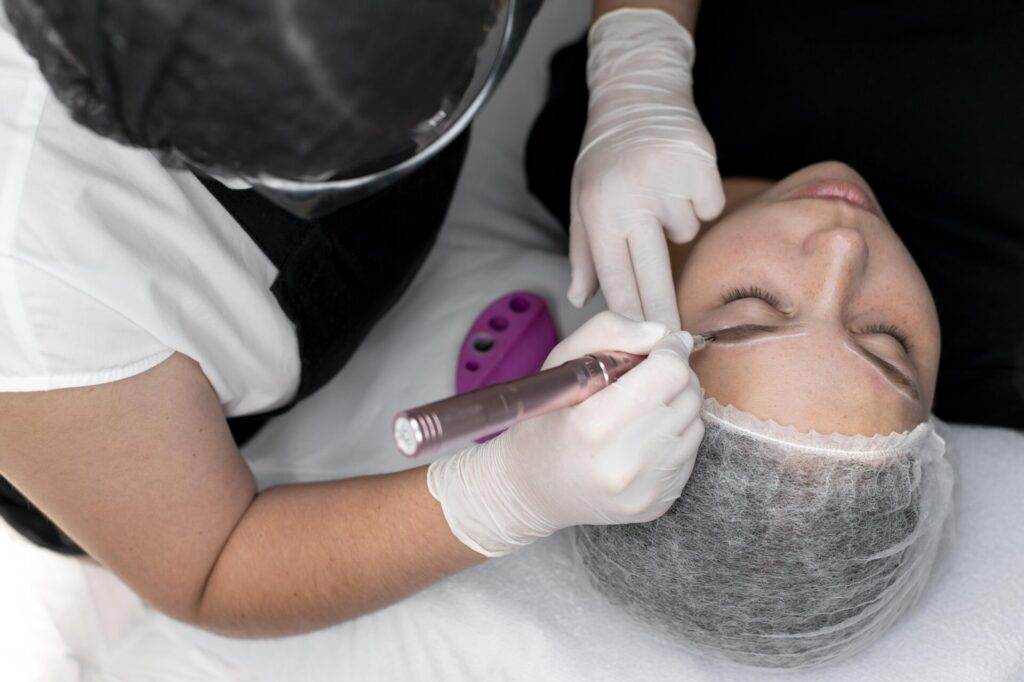
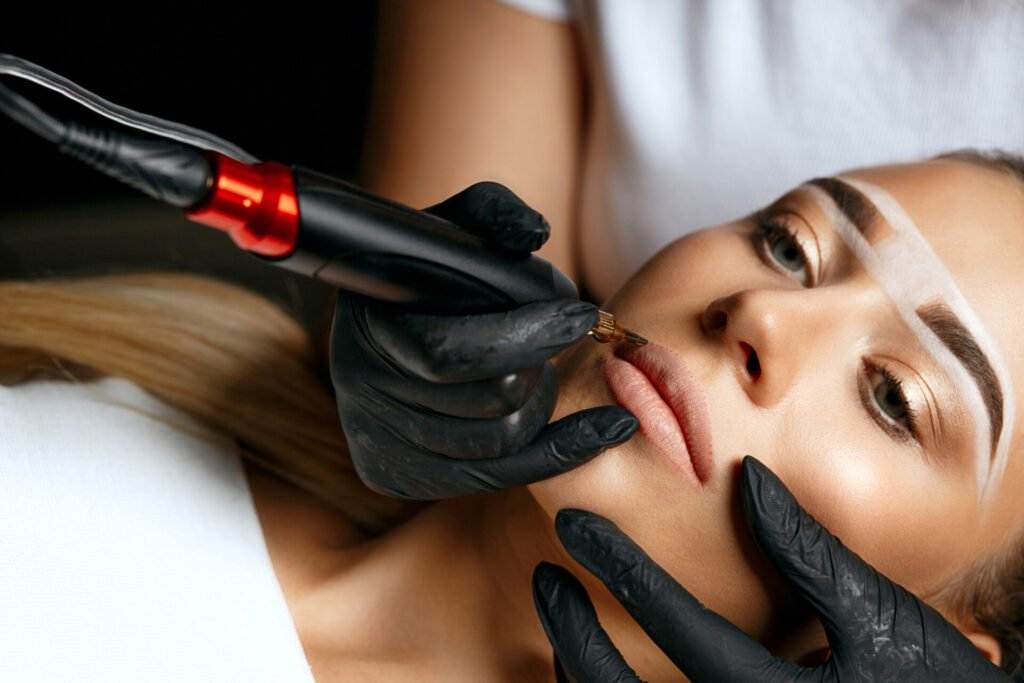
Consultation Process
The consultation process is an essential part of your cosmetic tattooing experience. This is your opportunity to engage with your artist and discuss your desires, expectations, and any concerns you may have. During this meeting, you can expect:
- Personalized Assessment: The artist will evaluate your unique features, skin type, and desired outcomes to create a tailored approach.
- Questions and Answers: Don’t hesitate to ask questions about the procedures, techniques, and aftercare; a professional artist will be more than happy to address your inquiries and ensure you feel informed.
- Review of Portfolio: You may have the chance to see similar past work, helping you visualize the potential results and ensuring the artist’s style aligns with your vision.
This collaborative dialogue is crucial for establishing trust and understanding between you and your artist.
Pre-procedure Care Instructions
Following your consultation, adhering to specific pre-procedure care instructions is vital for the best results. Some common guidelines may include:
- Avoid Blood Thinners: Stay away from alcohol, caffeine, and certain medications (like aspirin) for at least 24 hours prior to your appointment. This helps prevent excessive bleeding during the procedure.
- Skin Preparation: If you have any skin irritations or conditions in the area being treated, report them to your artist. In some cases, they may suggest using soothing creams beforehand.
- Stay Hydrated: Drink plenty of water leading up to your appointment. Hydration can help your skin respond better to the tattooing process.
Taking these steps helps lay the groundwork for a successful cosmetic tattooing experience, ultimately leading to beautiful, lasting results. Being well-prepared not only boosts your confidence but also empowers you to achieve the look you desire.
Understanding the Tattooing Process
As you approach your cosmetic tattooing appointment, it becomes essential to familiarize yourself with the tattooing process itself. Knowing what to expect can significantly enhance your comfort level and overall experience, particularly concerning numbing techniques and pigment selection.
Numbing Techniques
One of the first things to consider is how the artist will ensure your comfort during the procedure. Most reputable cosmetic tattoo artists use varying numbing techniques to minimize discomfort. Here are a couple of common methods:
- Topical Numbing Creams: These are applied to the area prior to the start of the tattooing process. Clients usually experience a mild, tingling sensation that helps dull any potential pain during the procedure.
- Injections (if necessary): While less common in cosmetic tattooing, some artists may opt for a local anesthetic injection, especially for more sensitive areas. This option offers a deeper level of numbness for clients who feel particularly anxious about discomfort.
Understanding these techniques not only helps ease any pre-procedure nerves but also prepares you for a more pleasant experience overall.
Pigment Selection
Equally important is the selection of pigments, which plays a crucial role in achieving the desired look. A skilled artist takes time to choose the right pigments based on several factors, including:
- Skin Tone: The color of your skin can greatly affect how pigments appear once applied. An artist considers this to ensure a natural blend.
- Desired Look: Whether seeking a soft tint or a more vibrant hue, the artist should collaborate with you to find the perfect shade.
- Longevity: Different pigments fade at different rates. Your artist will guide you in selecting shades that align with your maintenance preferences.
Understanding the significance of numbing techniques and pigment selection gives you a clearer picture of the tattooing process, ultimately paving the way for a successful and satisfying outcome. Being informed can empower you to engage actively with your tattoo artist, ensuring that your expectations align with the final results.
Aftercare and Healing Process

Once your cosmetic tattooing procedure is completed, the aftercare and healing process begin—two crucial aspects that directly influence the success of your new look. Proper care ensures your results remain vibrant and minimizes any potential issues.
Post-procedure Care Instructions
After the procedure, your artist will provide specific care instructions tailored to your individual needs. Here are some common post-procedure care tips to follow:
- Keep It Clean: Gently cleanse the treated area with mild soap and lukewarm water. This helps remove any excess pigment or fluid while reducing the risk of infection.
- Moisturize: Apply a thin layer of recommended ointment or aftercare product suggested by your artist. This keeps the area hydrated and aids in the healing process.
- Avoid Picking: It may be tempting, but refrain from picking or scratching at scabs or flaking skin. Doing so can disrupt healing and affect the final appearance of your tattoo.
- Limit Sun Exposure: Protect the area from direct sunlight and avoid tanning beds, as UV exposure can cause fading and irritation.
Following these instructions diligently sets the stage for an excellent healing process.
Potential Risks and Complications
Despite the many benefits of cosmetic tattooing, it’s essential to be aware of potential risks and complications. These can include:
- Infection: Not following aftercare instructions or exposing the area to dirty environments can lead to infections. To minimize this risk, keep the area clean and avoid touching it with unwashed hands.
- Allergic Reactions: Some individuals may experience allergic reactions to pigments or ointments. A patch test prior to the procedure can help identify any sensitivities.
- Fading and Uneven Color: If proper care is not maintained during the healing phase, the pigment may fade unevenly, resulting in a less-than-desired outcome.
Being informed about aftercare and the potential risks associated with cosmetic tattooing is key to achieving the stunning results you desire. By taking proactive measures during the healing process, you help ensure that your investment in beauty remains rewarding for the long term.
Long-Term Maintenance of Cosmetic Tattoos
After undergoing cosmetic tattooing, the journey doesn’t end with the initial procedure. Long-term maintenance is essential to ensure your tattoos remain vibrant and beautiful. This involves regular touch-ups and taking proactive measures to protect your investment.
Touch-up Procedures
As time passes, cosmetic tattoos may begin to fade, which is completely normal. To keep your look fresh and as stunning as the day you had the procedure, periodic touch-ups are necessary. Here’s what to consider:
- Timing: Most artists recommend coming in for a touch-up every 1 to 3 years, depending on the type of pigment used and individual skin factors.
- Consultation: Use touch-up appointments as an opportunity to discuss any changes you’d like to make. Whether it’s a slight adjustment in shape or color, open communication with your artist ensures that your touch-up meets your evolving preferences.
- Reassessment of Care: Each visit is also a good time to reassess your aftercare routine and ensure you’re employing the best practices to maximize pigment longevity.
These touch-up sessions are both maintenance and a great chance to reconnect with your artist.
Protecting and Prolonging Tattoo Results
Proper care doesn’t end with the healing process; ongoing protection plays a crucial role in prolonging the quality of your cosmetic tattoos. Here are some valuable tips:
- Sunscreen Application: Always apply a broad-spectrum sunscreen on the tattooed areas when exposed to sunlight. UV rays can significantly speed up fading and cause discoloration.
- Hydration and Moisturization: Keep the skin well-hydrated with suitable moisturizers. This helps maintain the skin’s elasticity and the vibrancy of the colors.
- Avoid Harsh Chemicals: Steer clear of strong exfoliants or chemical peels in the tattooed areas. Such products can degrade the pigment over time.
By staying proactive about touch-ups and protective measures, you can ensure that your cosmetic tattoos remain a beautiful, effortless enhancement to your beauty routine for years to come. Embracing this long-term commitment empowers you to enjoy the aesthetics you initially sought to achieve, preserving not just your look but also your confidence.

